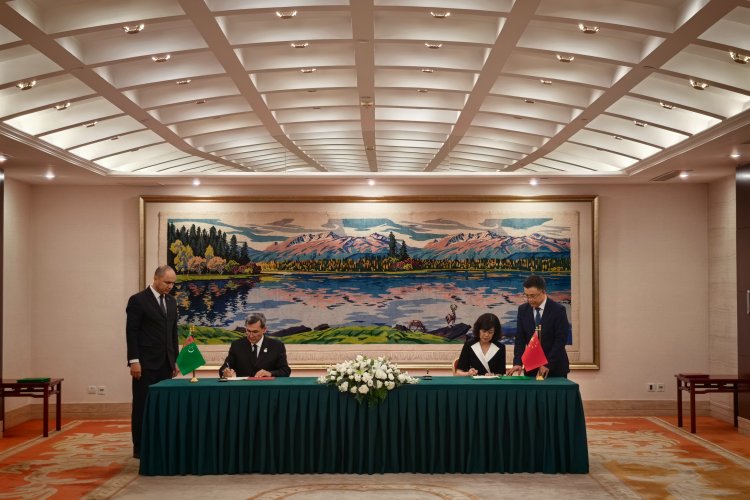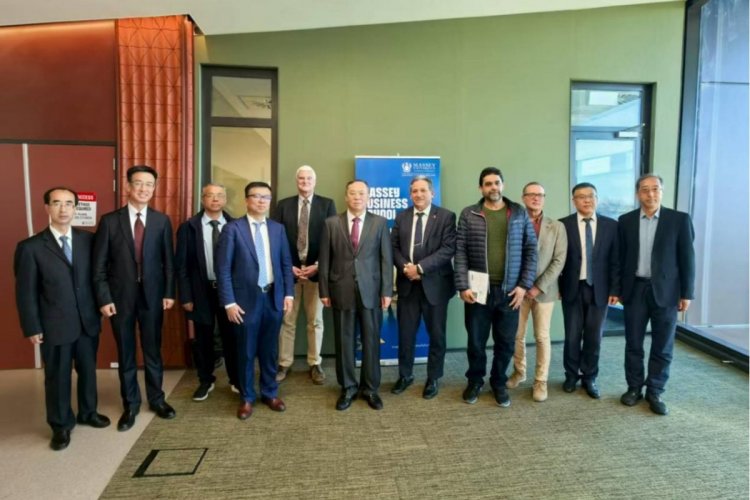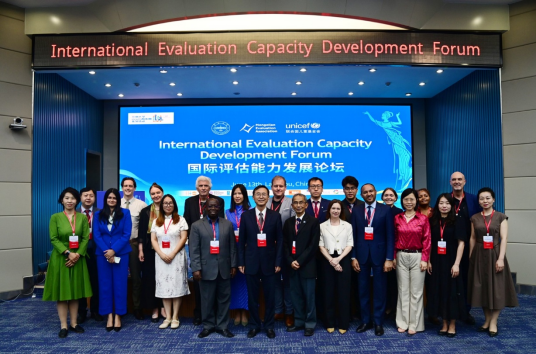Prof. Nie Shengjun’s team published “Dominant 100,000-year precipitation cyclicity in a Late Miocene lake from northeast Tibet” in Science Advances, the subordinate magazine of Science.
Prof. Nie’s team and its cooperator discovered that the intensification of humidity of Qaidam Basin from the past 8.5 million years to 7 million years had created a lake different from one of modern climate. They cited the northwest moving of East Asian summer monsoon (EASM) caused by the Tibetan Plateau uplift as reason for the intensification of humidity of Qaidam Basin. The research team further unveiled that EASM precipitation was characterized by dominant 100-ky periodicity, with the similar changing mode with that of Loess Plateau in Late Quaternary. The paper argued that the 100-ky periodicity of EASM precipitation of Qaidam Basin was mainly attributed to CO2 and Northern Hemisphere insolation-driven ice sheet forcing. This research showed that such a changing mode has been existed for a long time, as against the traditional theory of ice age. With the future melting of Northern Hemisphere ice sheets, EASM precipitation will also change in dominant 100-ky periodicity, but generated by Southern Hemisphere ice sheets.
The abstract of the paper is as following:
East Asian summer monsoon (EASM) precipitation received by northern China over the past 800 thousand years (ky) is characterized by dominant 100-ky periodicity, mainly attributed to CO2 and Northern Hemisphere insolation-driven ice sheet forcing. We established an EASM record in the Late Miocene from lacustrine sediments in the Qaidam Basin, northern China, which appears to exhibit a dominant 100-ky periodicity similar to the EASM records during the Late Quaternary. Because evidence suggests that partial or ephemeral ice existed in the Northern Hemisphere during the Late Miocene, we attribute the 100-ky cycles to CO2 and Southern Hemisphere insolation-driven Antarctic ice sheet forcing. This indicates a>6-million year earlier onset of the dominant 100-ky Asian monsoon and, likely, glacial and CO2 cycles and may indicate dominant forcing of Northern Hemisphere climate by CO2 and Southern Hemisphere ice sheets in a warm world.
Prof. Nie’s team belongs to The Key Laboratory of Western China’s Environmental System (Ministry of Education), The College of Earth Environmental Sciences, LZU. It was the first time for LZUers to publish paper in this magazine.
(Translated by Zhang Lu; proofread by Li Qi)




